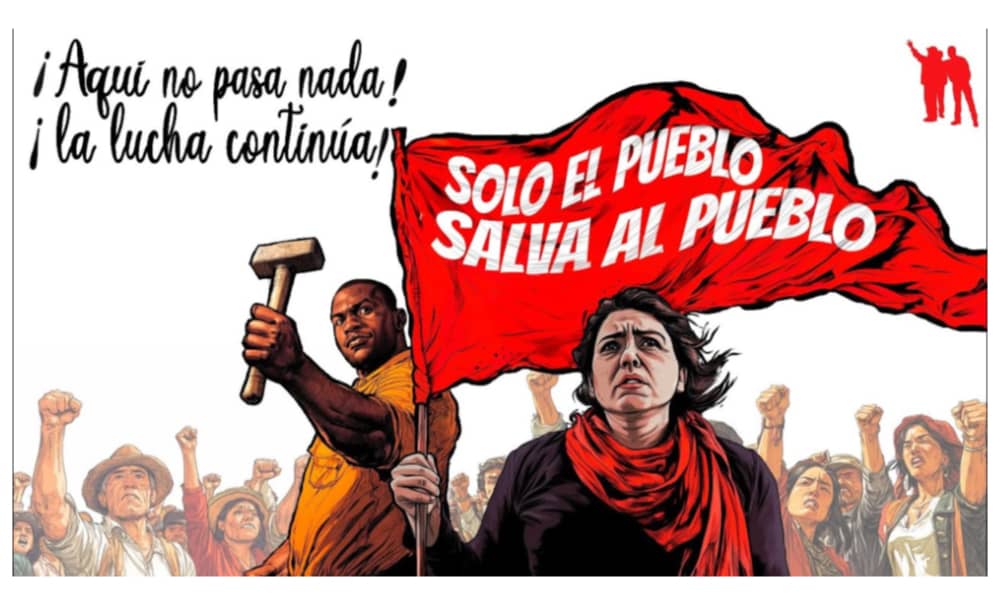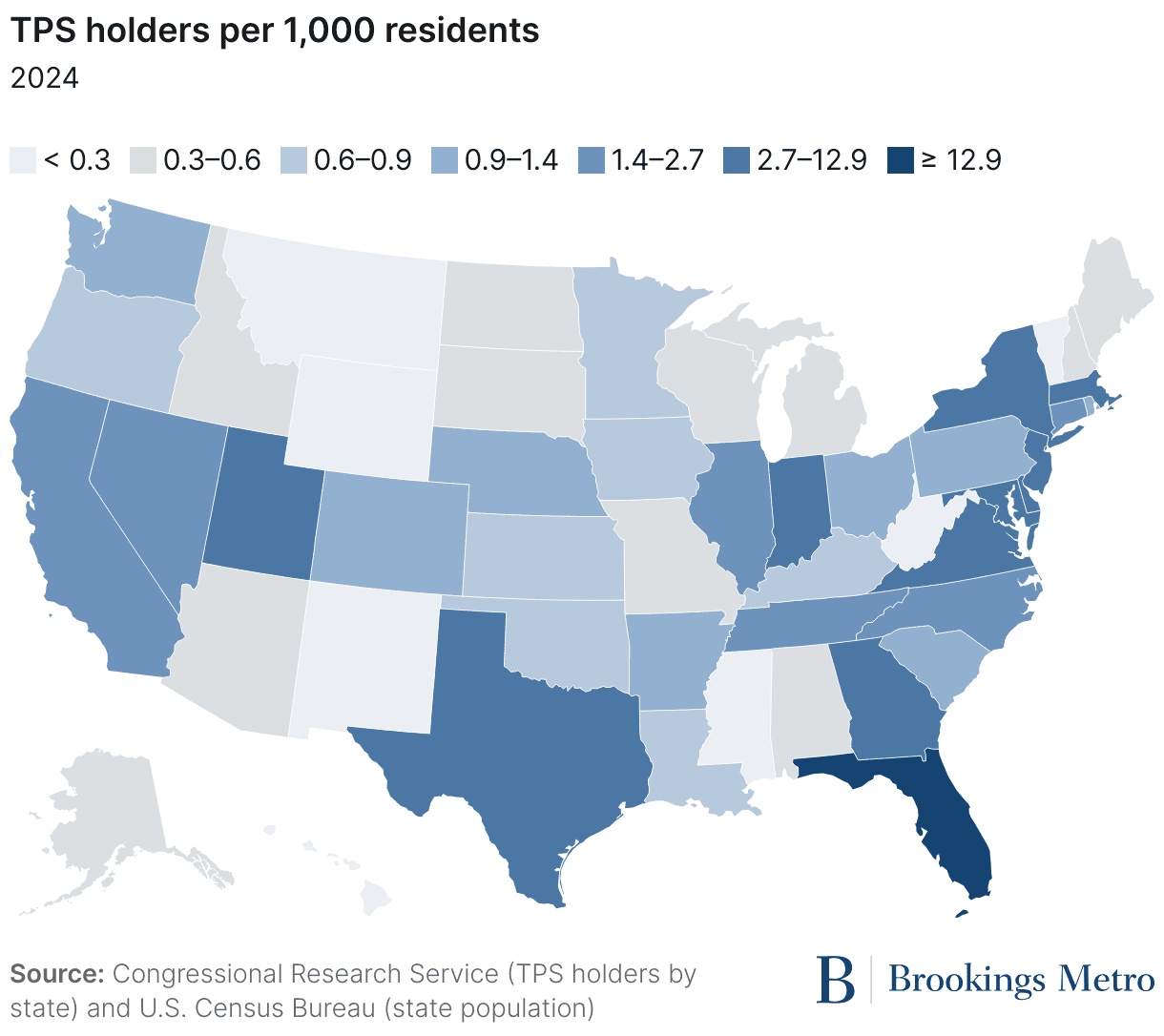
Dear friends,
When this week a six-year-old child attending P.S. 89 in Queens is deported to Ecuador; when this week a US Court of Appeals upholds the cancellation of Temporary Protective Status (TPS) for many of our Nepali neighbors; when this week a reported 40% of the arrests so far in the Trump regime’s hostile takeover of Washington, DC, are undocumented immigrants—it can feel like immigrant justice is an impossible dream.
But. This week, we bring you stories of the organized resistance of everyday people in Los Angeles to ICE raids and federal government terrorizing of immigrants, with an eye towards the near future of resistance we might organize here in Queens. We also take a deeper dive into Documented, an ambitious, vibrant NYC digital media organization bringing community journalism (in multiple languages) to immigrant issues and audiences.
Newsletter highlights:
- Resisting ICE violence from LA to JH
- Documented: New York’s immigrant-focused digital news hub
1. Los Angeles, Manhattan…and Queens?
The Trump regime is following through on its promise to unleash ICE thugs on sanctuary cities and “the core of the Democrat Power Center.” But mass deportation is taking different forms in NYC and LA—and so is the resistance by immigrants and their supporters.
In NYC, ICE has concentrated its efforts on kidnapping immigrants—more than 2,600 people so far—when they show up for scheduled immigration hearings at the courthouses in Federal Plaza in Manhattan. Recent reports indicate that ICE no longer even bothers to check asylum-seekers’ legal status: people are being detained, separated from their families and held under horrifying conditions even when a judge has continued their case and assigned it a future hearing.
Immigrant justice activists in our city are pushing back on several fronts. Lawyers are filing for remote appearances (by video) instead of in person. Citizen residents are going to Federal Plaza to bear witness and to accompany immigrants. A recent legal victory by the ACLU, Make the Road NY, and other groups has succeeded in slowing down the arrests, at least temporarily. There are daily demonstrations in Federal Plaza, some of which include civil disobedience. Yet many immigrants are deciding not to show up for their scheduled hearings, even though that means they will definitely be subject to a deportation order.
3,000 miles away in Southern California, ICE has focused its attacks on immigrants at workplaces, and especially at day labor pickup sites. They’ve unleashed swarms of militarized agents without warrants who don’t even pretend to search for specific individuals. Instead they chase down and detain whole groups of workers who “look Latino”—racial profiling in its boldest form. These ugly raid spectacles have more public visibility than the indoor arrests at NYC’s Federal Plaza. Partly for that reason, they have caused widespread mass revulsion and political backlash in Southern California. Most state and local politicians have spoken out strongly against the raids; LA Mayor Karen Bass has called for ICE to end its “reign of terror” in the city. A lawsuit to stop warrantless arrests of Latinos in Los Angeles has had early success.
At street level, key leadership of the resistance in Southern California has come from the National Day Laborer Organizing Network (NDLON), a 24-year-old worker center with extensive community and national presence. (New Immigrant Community Empowerment in Jackson Heights is a member of their national network.) In the LA area, NDLON often draws on Mexican cultural and political traditions to rally its members and supporters. It sponsors a band, Los Jornaleros del Norte, who play highly danceable protest songs denouncing ICE and promoting the dignity of Latino immigrant labor. In the wake of an ICE raid, NDLON’s large flatbed truck, with Los Jornaleros del Norte performing on board, may drive slowly down the street. Dozens or hundreds of residents come out of their houses and follow—marching, dancing, waving protest signs and Mexican flags—to demand an end to ICE brutality towards workers and the community.
Along with other groups such as Unión del Barrio, NDLON tracks ICE activities and shows up to try to disrupt ICE attacks. The group also participates in anti-ICE lawsuits, and raises money from the wider community to assist families of arrested immigrants as well as street vendors unable to work because of the threat of deportation. NDLON sponsors lively demonstrations, block parties and street festivals with anti-ICE themes, and organizes supporters to “adopt a day labor corner.” They regularly take to Instagram and other social media to uphold day laborers as pillars of the community and to denounce ICE’s racism, violence, and disrespect for all residents. NDLON seems to be growing in influence in Southern California, as they provide focus for the anger and resistance of ever wider parts of the population.
NDLON is central to a national campaign and series of boycotts against Home Depot, the giant chain of construction supply stores where many day laborers assemble to find work, and where many large-scale raids have taken place. Anti-Home Depot actions have been endorsed by some 50 progressive organizations, and are happening in multiple locations including New Jersey and Westchester. Demonstrators demand that the corporation keep ICE out of their parking lots unless they can show a judicial warrant, and they call on Home Depot to give financial restitution to workers who are detained in mass raids.
The example of NDLON and other energetic resistance forces in Southern California provokes the question of how mass community street support can be mobilized here in Queens, which includes so many immigrants and their family members, friends and supporters. Circumstances are clearly different here. ICE’s current NYC arrests have a lower public profile, and have mostly been carried out in Manhattan, even when targeting Queens residents. There are many different immigrant nationalities in our neighborhood, each with specific urgent issues to address, speaking a variety of languages. We have no local umbrella organization of immigrants and supporters, nor, obviously, is there a single musical group that can help galvanize street protest.
But we’re pretty sure that it’s only a matter of time until ICE expands its attacks on our local streets. And we believe that there are thousands of local residents, including many of our readers, who oppose their fascist agenda. Is there a way for the diverse grassroots immigrant-led organizations here to unite, to support each other for mutual benefit, and to begin to rally the whole community behind them on the streets? Will we come out of our homes together to protest and confront ICE? Answers to those questions will prove crucial over the next months and years.
WHAT CAN WE DO?
- Follow National Day Laborer Organizing Network (NDLON) on social media to learn about the tactics, activities, media and arguments they employ in Southern California and nationally.
- Donate to or volunteer with NICE, our local affiliate of the NDLON.
2. Documented’s Digital Media: NYC Community Journalism With, And For, Immigrants
“I have long dreamed that New York immigrants should have such media. Finally, you young media people with talent, conscience, and sense of responsibility have done it.” —message posted to Documented’s WeChat community (translated from Chinese)
We are excited to encourage readers to explore Documented, an award-winning, independent NYC-based digital media non-profit that generates immigration news daily. With a long-term vision of producing more and better coverage of immigrant issues, they have transformed how that news is produced. This summer, Documented joined with four other immigrant news organizations nationwide to found the Immigrant News Coalition, dedicated to news that reflects immigrants’ experiences and responds to their needs. Since 2020, over 150 ethnic media newsrooms have closed down, so the Coalition’s commitment to sustainable, skilled, well-funded “immigrant-centric” news media is especially critical.
Community journalism is at the heart of Documented’s commitment to respond to, as well as report on, immigrant concerns. Documented’s community correspondents are part of their communities of coverage. They conduct audience/reader research and design new digital media products that engage with community members (online and in-person), using that engagement to generate investigative stories and news insights. In 2022-23, community correspondents at Documented conducted audience research with NYC’s Chinese and Caribbean immigrant communities, then innovated two new digital platforms to serve those communities in their own languages. With a $2 million grant from the Knight Foundation, Documented is building curricula and training for other news media to develop “community-driven reporting” and expand audiences nationwide.
This week in Jackson Heights, Documented and New Immigrant Community Empowerment (NICE) co-organized an Education Resource Fair on 35th Ave. School supply giveaways, medical screenings, and activities for kids targeted both parents and students, aiming to support a successful start to the new school year. Live events like the Fair are an integral part of Documented’s community engagement; in 2024, they hosted in-person events involving 600 New Yorkers across three boroughs, building “trust with the people behind the news.”
Launched in 2018, Documented has altered the landscape and ecosystem of immigration news in New York City, offering a robust range of news stories and resources over multiple digital platforms, and in multiple languages (Spanish, English, French, Chinese, and Haitian Creole):
- WhatsApp Documented Semanal—Their Spanish-language WhatsApp channel, started in 2019, serves weekly news to thousands of NYC immigrants, many undocumented. The channel is a two-way bridge as immigrant audiences can inform Documented’s journalism by asking questions, posting insights, and sharing information. Documented Semanal also hosts Q&A sessions where subscribers can text questions to ‘experts’ including immigration lawyers, diplomats, and professors.
- WeChat community—Their Chinese-language WeChat community (named ‘New York Immigrant Chronicle’), started in 2023, serves NYC’s Chinese immigrants, most of whom receive their news via the WeChat platform.
- Nextdoor newspage—Research indicated that over 30% of Caribbean residents actively use Nextdoor as their communication platform. So Documented created a Nextdoor presence to bring community-driven news to them. “[W]e are bringing onto this platform—where people usually talk about their lost cat…—serious news content sparking a new kind of conversation,” writes Documented’s Caribbean communities correspondent.
- Documented.Info—Created in partnership with the International Rescue Committee (IRC), this web-based project offers trusted and regularly updated information about a rich range of “actionable resources” re: immigrant housing, education, legal support, deportation and ICE, jobs, health, and more. An extensive Service Map marks locations and gives descriptions of hundreds of NYC sites/resources.
These innovative digital media projects are in addition to the in-depth reporting that regularly flows from Documented’s ambitious newsroom. In this month alone, they published stories on how Chinese-American voters in South Brooklyn view Zohran Mamdani’s mayoral campaign; Mayor Adams’ veto of a City Council bill that would decriminalize street vending and protect vendors from deportation based on a “criminal” record for selling without a permit; a federal judge’s Temporary Restraining Order in response to the ACLU’s class action lawsuit against inhumane conditions at 26 Federal Plaza where ICE is detaining immigrants; and rallies and resistance in Queens to the cancellation of Temporary Protective Status (TPS) for hundreds of thousands of US residents. Such a vital, vibrant news organization has earned our support, and the best support you can offer is to read and share Documented’s ongoing experiments in community journalism.
WHAT CAN WE DO?
- Check out Documented’s website and sign up for their weekly newsletters or other digital platforms.
In solidarity and with collective care,
Jackson Heights Immigrant Solidarity Network (JHISN)
Follow @JHSolidarity on Facebook and Twitter and share this newsletter with friends, families, neighbors, networks, and colleagues so they can subscribe and receive news from JHISN.

